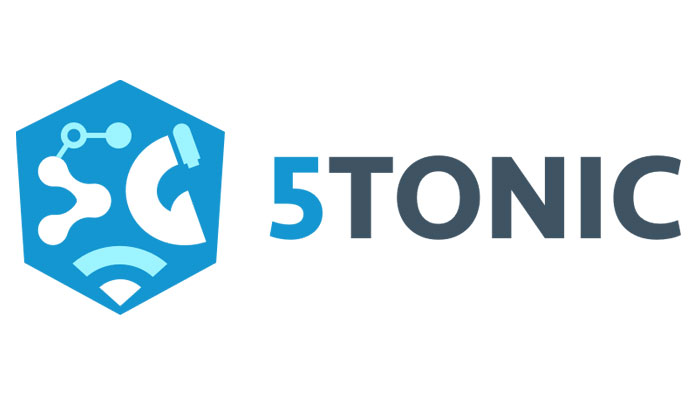
-
The demonstration shows a personalized 5G 100% automatic system that allows to reduce the time of action in case of an emergency, minimizing errors, which implies a greater survival rate.
-
The 5G-based system is made up by the patient’s device that allows monitoring their activity and main vital signs; an evolved center for remote patient monitoring, that facilitates the identification and monitoring of emergencies with augmented reality devices which improve the assistance provided by the medical professionals.
Madrid, November 27th, 2019.- 5TONIC, the open research and innovation laboratory on 5G technologies, founded by Telefónica and IMDEA Networks, has presented, together with SAMUR-PC and the Carlos III University of Madrid (UC3M), a new system for situations 5G-based emergency plan, developed under the European innovation project 5G-TRANSFORMER.
The demo shows a 5G 100% automatic system that allows to reduce the time of action and minimize errors, which implies a higher percentage of survival in emergency situations. The system allows personalized attention to have the patient’s medical data such as, among others, the pulse and blood test values. These values are shown in real time to the doctor in 5G augmented reality glasses to facilitate their flow of decisions when attending to the patient. This allows a personalized diagnosis and emergency treatment to be fully customized, since conceptually the system could even have the patient’s medical history at that time.
The application of 5G augmented reality assists the medical personnel attending the emergency in three aspects: on the one hand, it shows you how to get to the geographical position where the patient is, from the place where you can reach with emergency vehicles; second, it shows the patient’s clinical parameters in real time and at the moment when they are necessary to facilitate medical decisions; and finally, it allows sending a video stream taken in situ at the emergency site to remote medical centers to facilitate assistance from other centers or doctors who can help in the specific case. All this is achieved using intelligence on the edge of the network (also known as 5G Edge computing), one of the technologies that will allow 5G to have the precise characteristics to offer services that require a minimum delay and a great transfer of data, as in this case with the augmented reality.
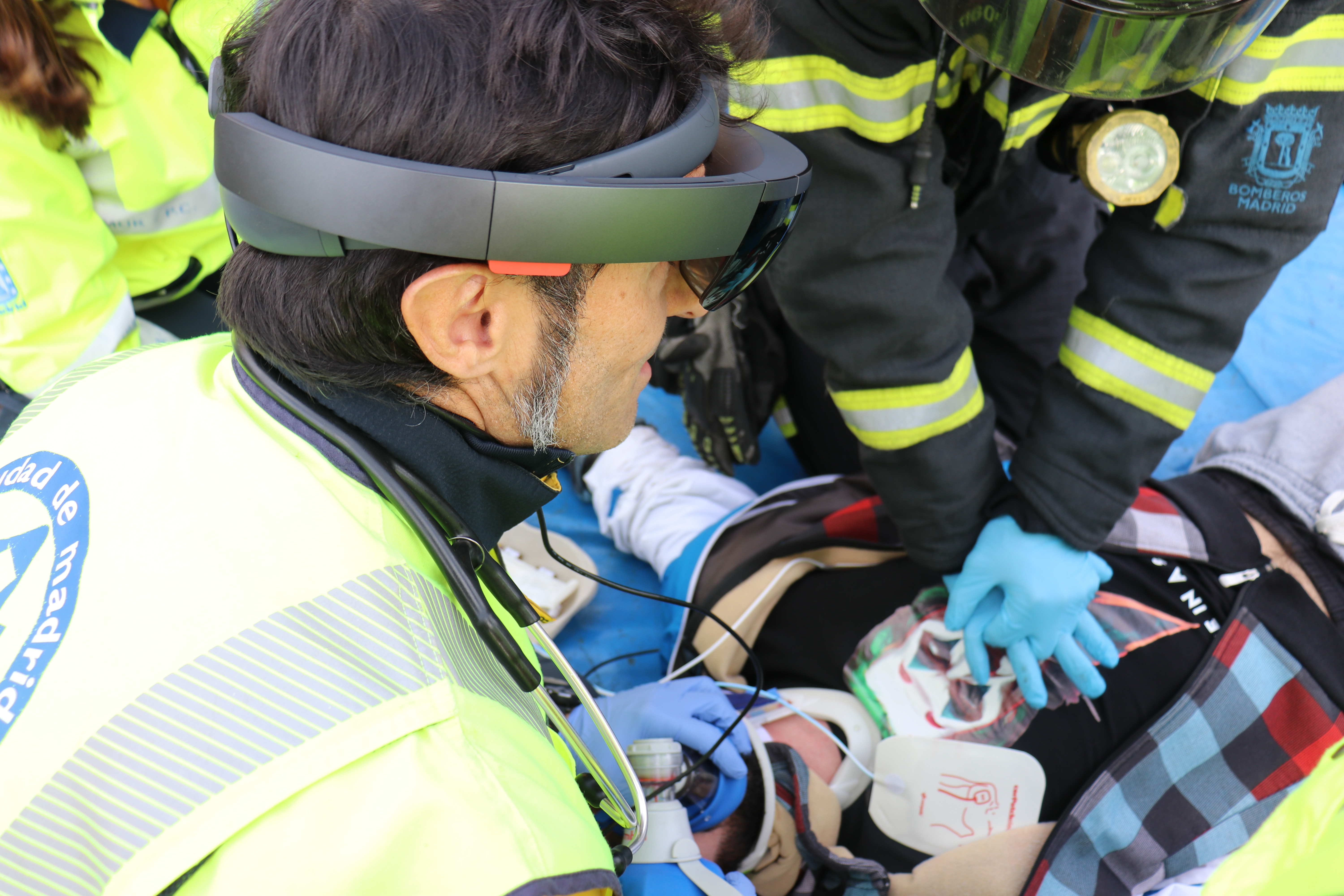
As for technological elements, the system is composed by the smartwatch mobile device that monitors the patient’s constants and connects to a 5G mobile; by a 5G evolved patient monitoring and emergency monitoring center from which the status of patients in whom an alarm has been activated is checked, as well as the status and location of SAMUR-PC emergency equipment and firefighters and from where it is carried out all coordination of the emergency device. Additionally, the ambulances and fire fighters are equipped with technology that allows real-time monitoring of the case and the sanitary professionals to obtain additional valuable information thanks to the augmented reality glasses.
The technology and proof of concept of this 5G-based emergency system has been developed within the European project H2020 5G-TRANSFORMER, coordinated by UC3M, in which Telefonica, SAMUR-PC and Ericsson also participate (together with 14 other institutions of first level). The technology developed includes very relevant aspects for the advancement of 5G, such as the dynamic orchestration of resources, including the automatic deployment of functions in the “edge” and the multi-domain federation between operators.
“Solutions like this decrease response times. We currently need almost three minutes to handle an emergency call. In the first place, it must be located, codified and prioritized. Then, we select the best resource, mobilize and confirm that it is directed towards the patient. Sometimes, if it is a complicated place of access, additional time is needed to locate it. This technology could save us these three minutes of the process. 23 percent of SAMUR-PC patients who have suffered a cardiorespiratory arrest recover without sequelae. We would like this technology to allow us to increase at least ten percentage points these figures.
5G technology would allow us to have a lot of information before our arrival, such as the patient’s location and clinical data. In addition, we could explore other possibilities such as automatic alerts in certain pathologies such as hypoglycemia, hypoxia situations in respiratory patients, loss of consciousness, etc. All this in relation to the possibilities that 5G offers us to monitor a large number of chronic patients such as heart, hypertensive, respiratory or diabetic patients,” says Javier Quiroga, Head of the Organization Support Division of SAMUR-PC.
“Testing this type of advanced 5G emergency response systems at 5TONIC is essential to validate and demonstrate the advantages that these systems will provide. In the immediate future in which monitoring and health applications for people in mobile phones and smart watches It is increasingly common and advanced, integration with 5G mobile networks and health care systems, enables automation scenarios and emergency coverage never seen before,” explains 5TONIC Vice President Arturo Azcorra, Director of the IMDEA Networks Institute and Professor of the Department of Telematic Engineering of the UC3M.
“5G technology, thanks to its ability to dynamically adapt the network to meet demanding latency and capacity requirements (both in terms of bandwidth and computing), will be able to have a direct impact on society, improving response times to health emergencies .The use of these 5G technologies also makes possible the integration of augmented reality mechanisms, which have a direct and extremely useful application in the case of medicin” affirms the 5G-TRANSFORMER project coordinator, Carlos J. Bernardos, Professor of the Department of Telematic Engineering at UC3M.
What is SAMUR-PC:
SAMUR-Protección Civil is the municipal emergency and health care service, which provides its services in the city of Madrid. Since its creation in the 90s, it has been in continuous evolution and has become a benchmark in the field of out-of-hospital emergency both nationally and internationally. During this time it has made about three million assists. The cardiorespiratory stops attended, about 350 a year, highlight. Of these, 60% recover pulse and 22% do so without sequelae. Very high percentages compared to those in the European context that are well below these data, between 10% and 15%. SAMUR-PC performs more than 300 daily attentions, with an average arrival time of 8 minutes, thanks to the 22 operating bases spread throughout the city.Sobre la UC3M
About UC3M
UC3M is a young Spanish public university that stands out for its teaching, research, innovation and university life. It ranks 34th worldwide in the QS ranking of the 50 best universities in the world with less than 50 years and is included in the Times Higher Education (THE) 150 Under 50. It is the first university in Spain and third in Europe by the number of students participating in the Erasmus program and has more than 870 agreements with universities in 56 countries, among which are some of the best in the world according to the ranking of the university of Shanghai. 20% of UC3M students are international. The UC3M has numerous accreditations and quality distinctions, such as the EUR-ACE seal in the field of engineering or the AACSB accreditation in business and finance programs, among others.
About 5TONIC
5TONIC was initiated by Telefónica and IMDEA Networks Institute with a clear vision to create an open research and innovation ecosystem laboratory in which industry and academia come together to boost technology and business innovative ventures. The laboratory promotes joint project development, joint entrepreneurial ventures, discussion fora, events and conference sites, all in an international environment of the highest impact. 5TONIC serves to show the capabilities and interoperation of pre-commercial 5G equipment, services and applications, by leading global companies in the 5G arena. The laboratory was recently awarded Digital Innovation Hub status by the European Commission.
Media contact: 5TONIC@leanfactor.net








 In the context of the 5G-Transformer project
In the context of the 5G-Transformer project 





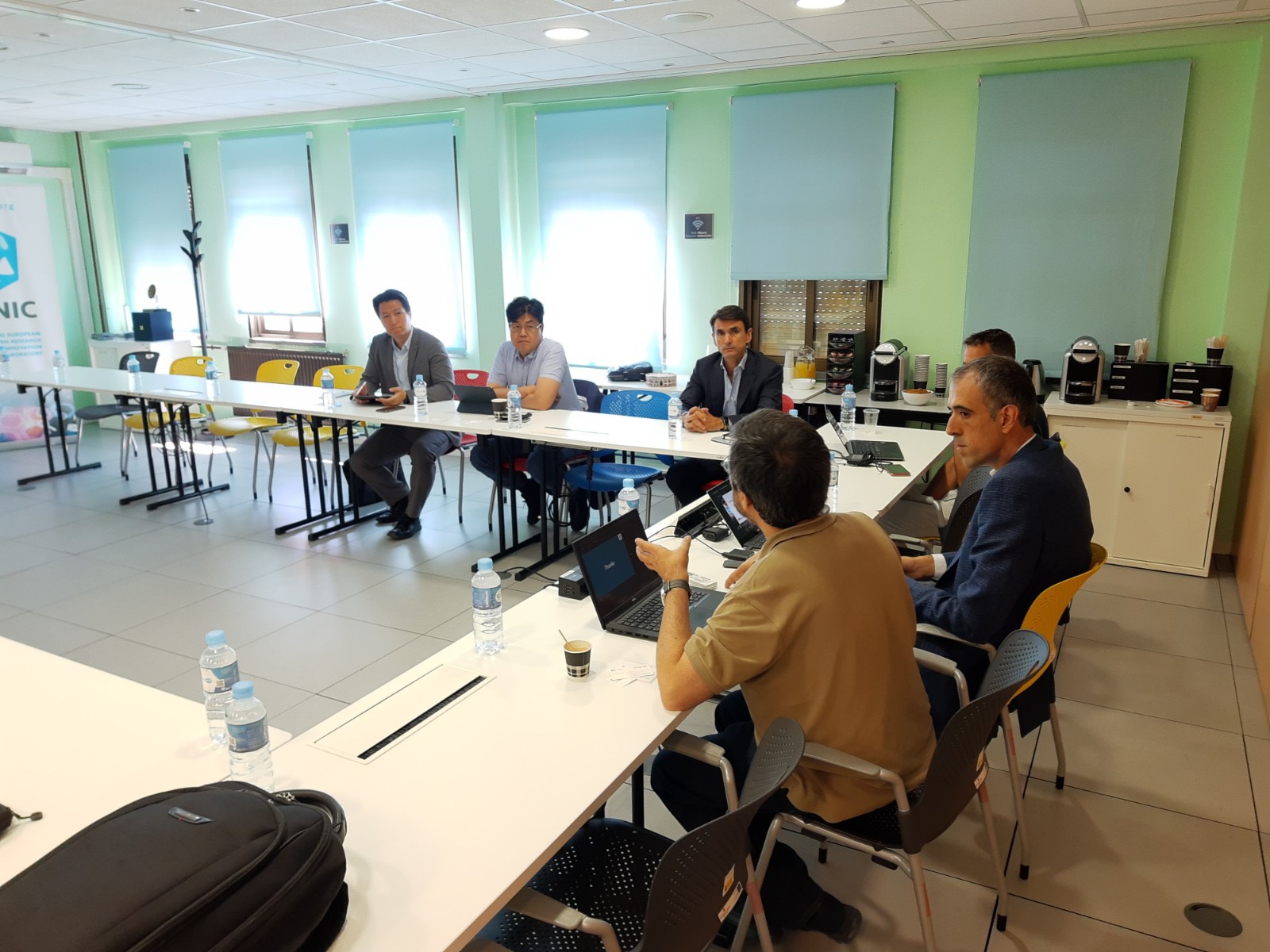
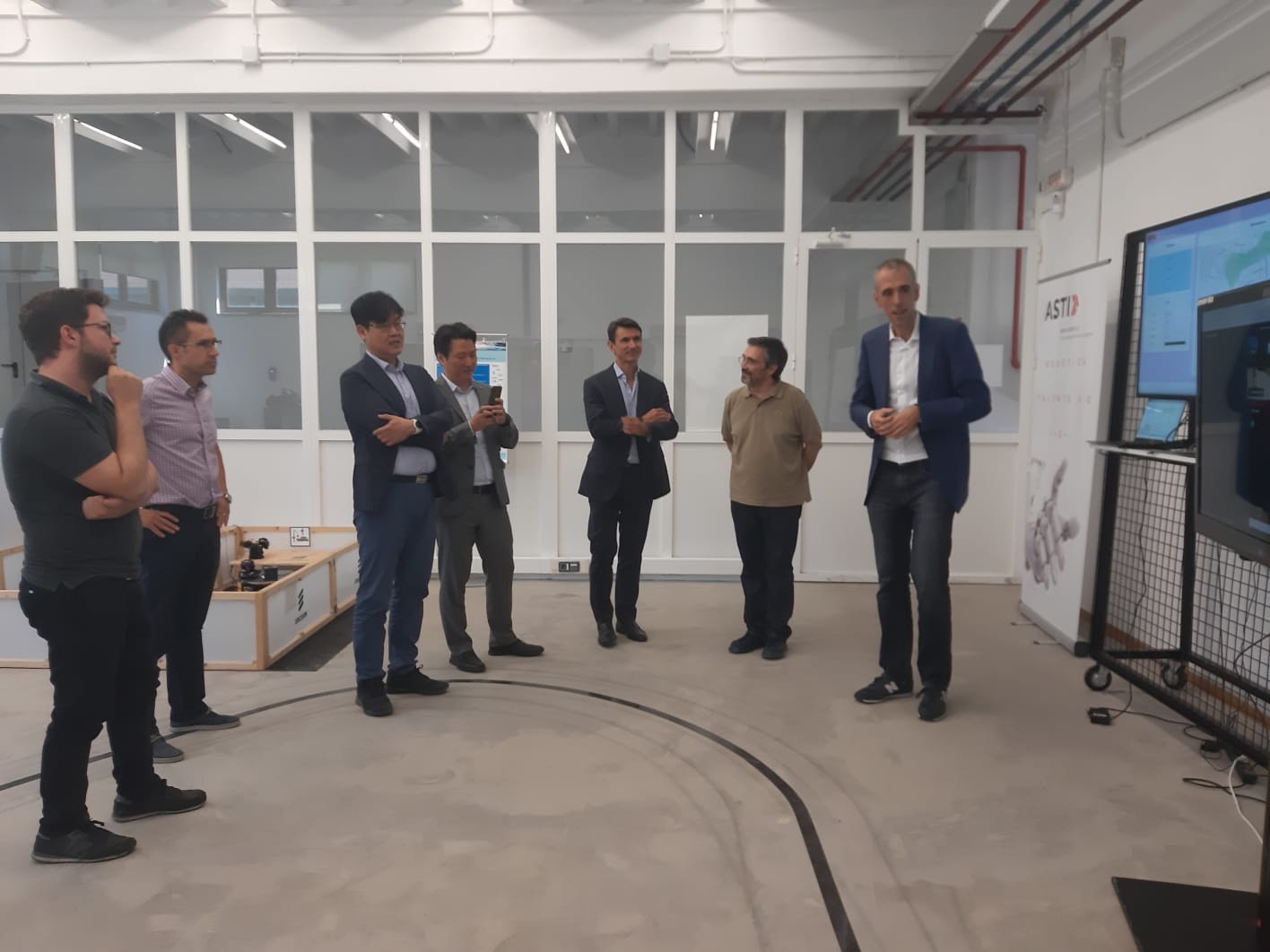
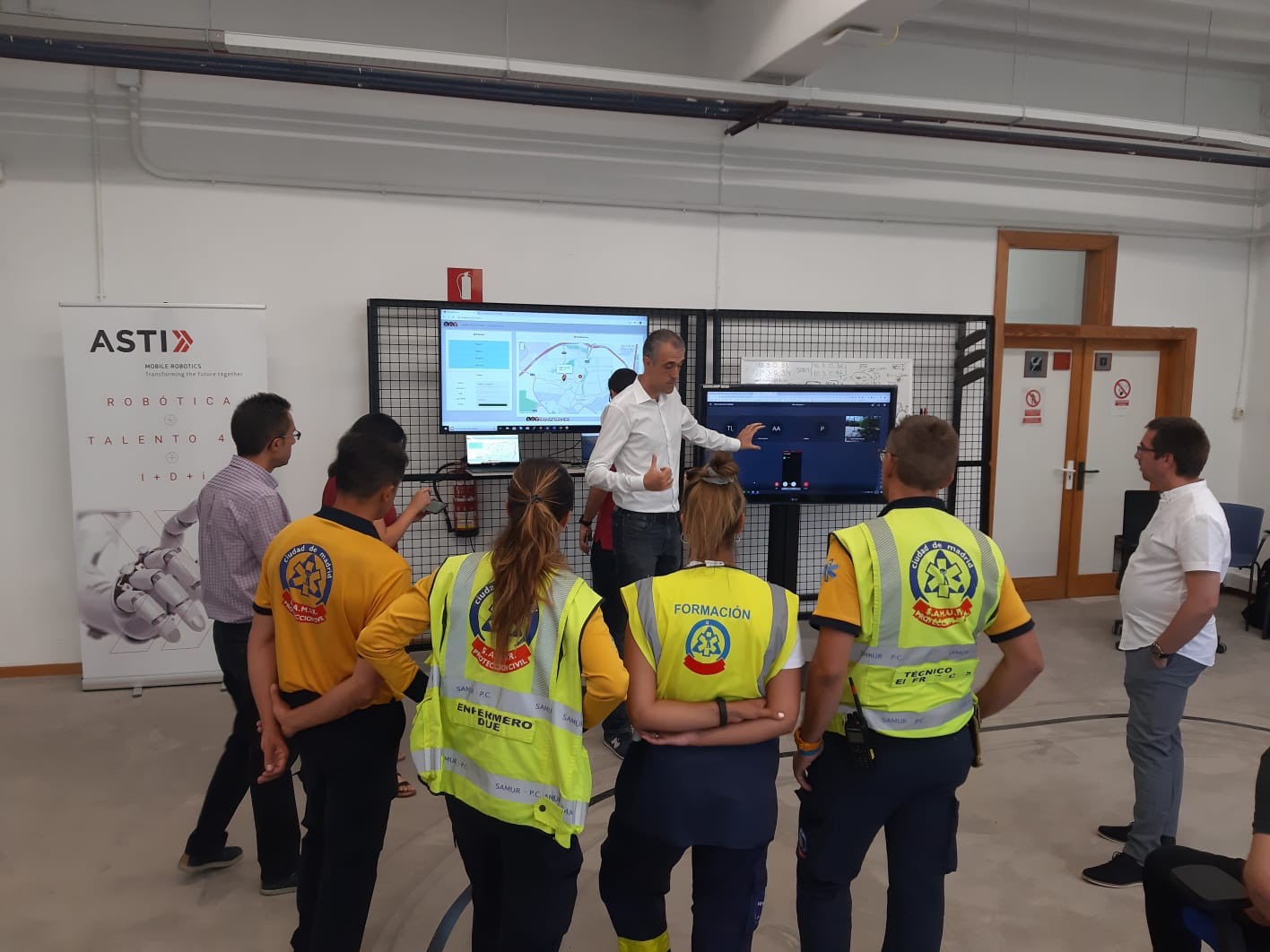

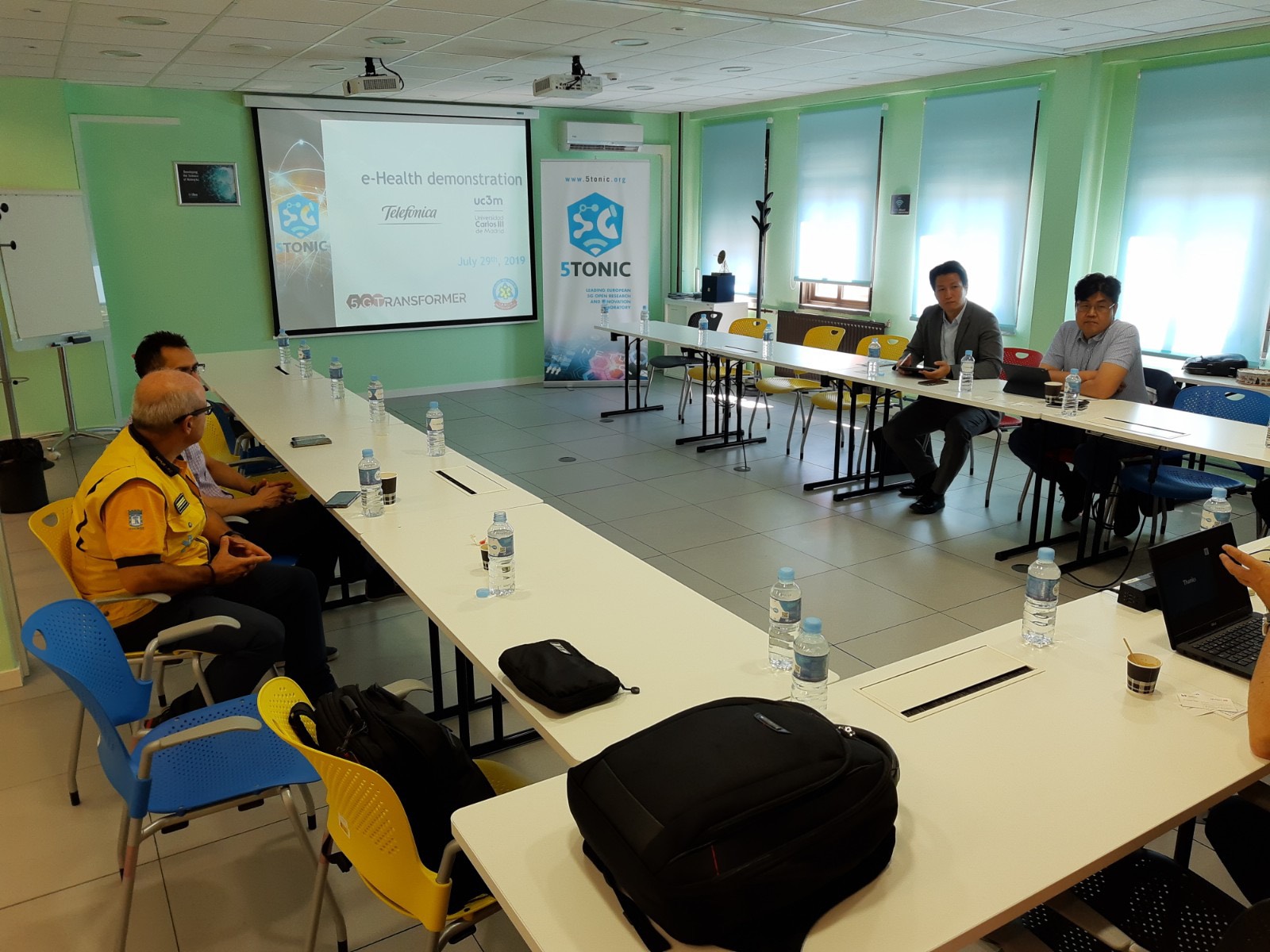
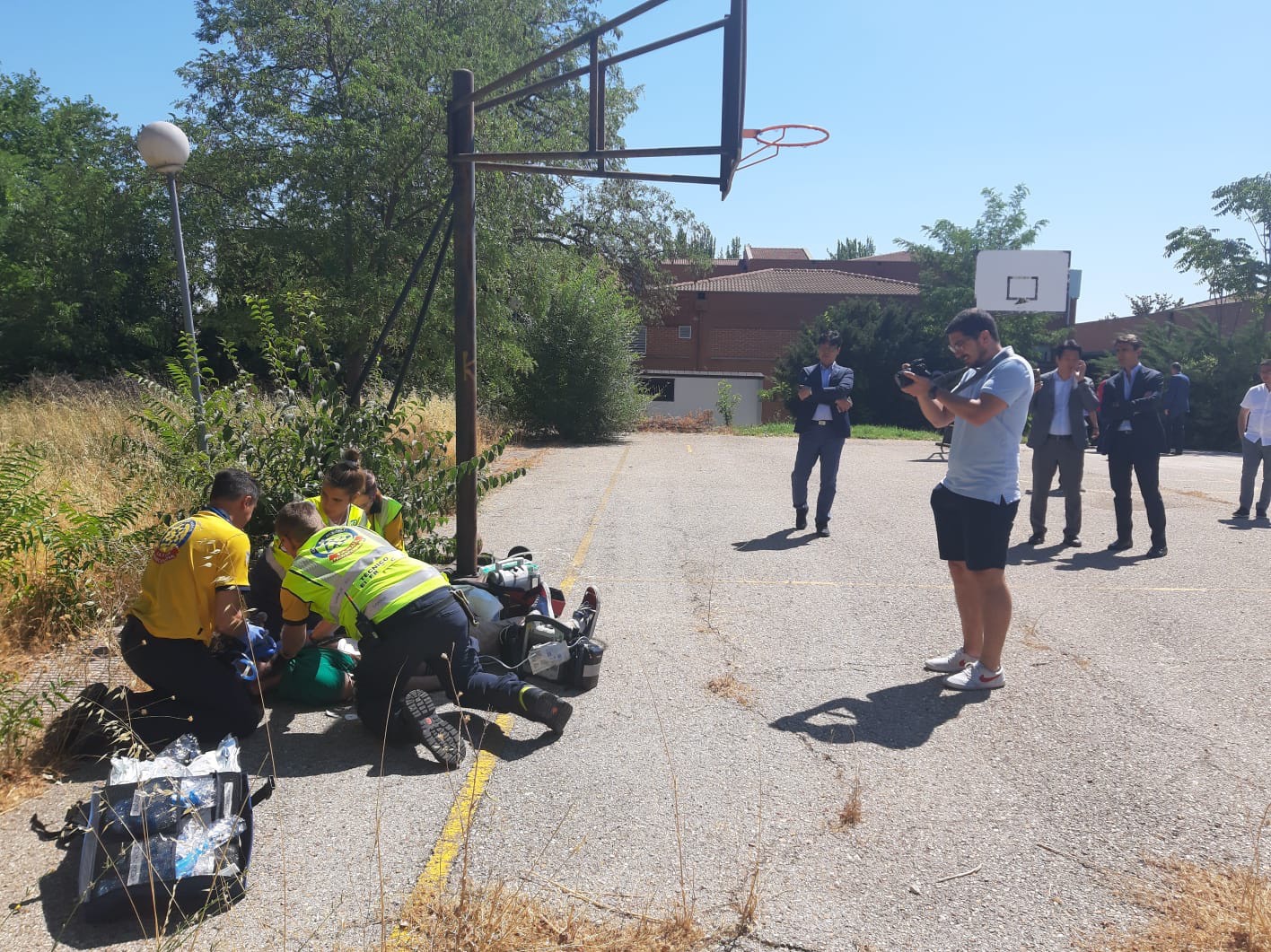
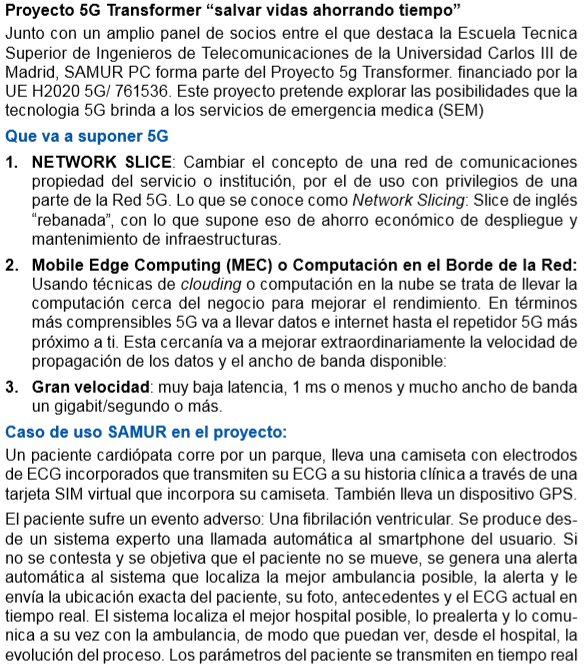
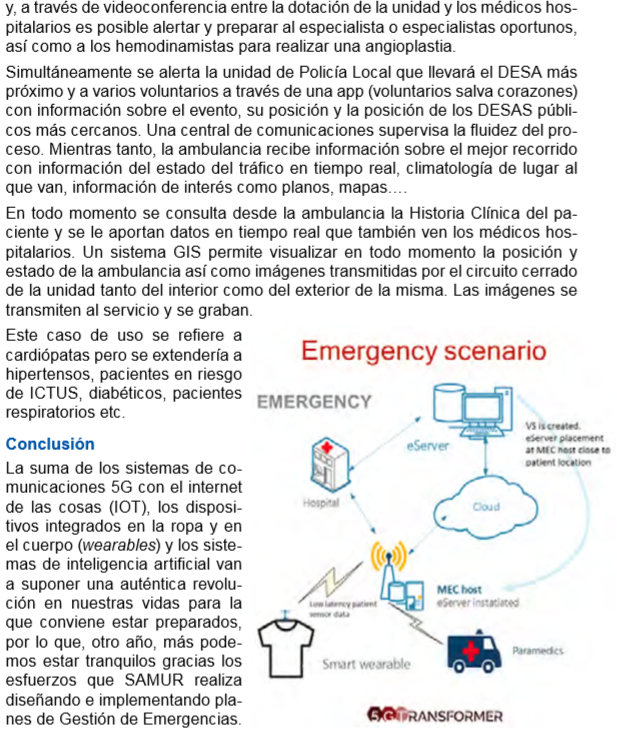
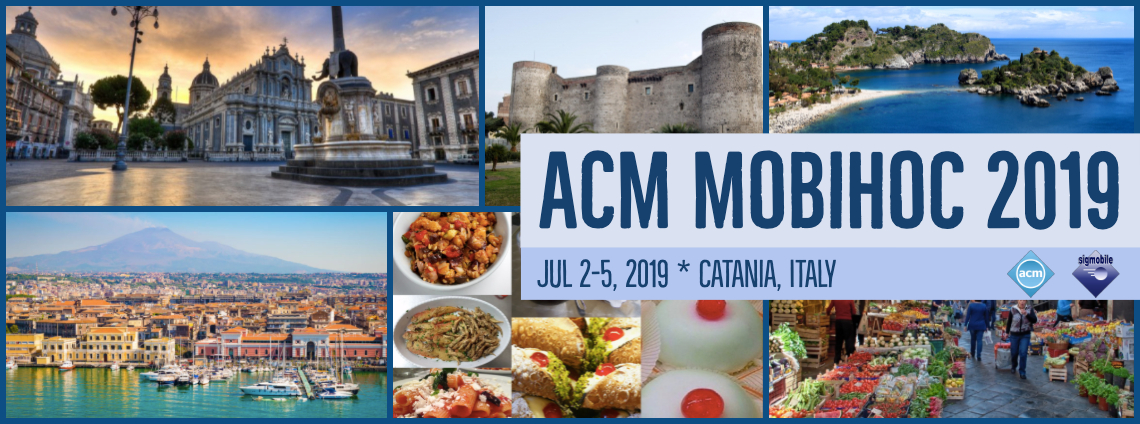
 Figure 1. Service Composition Demo – service, platform and underlying infrastructure
Figure 1. Service Composition Demo – service, platform and underlying infrastructure Figure 2. Service Composition Demo – Preparation of demo setup
Figure 2. Service Composition Demo – Preparation of demo setup Figure 3. Service Composition Demo – Demo explanation to conference attendants
Figure 3. Service Composition Demo – Demo explanation to conference attendants